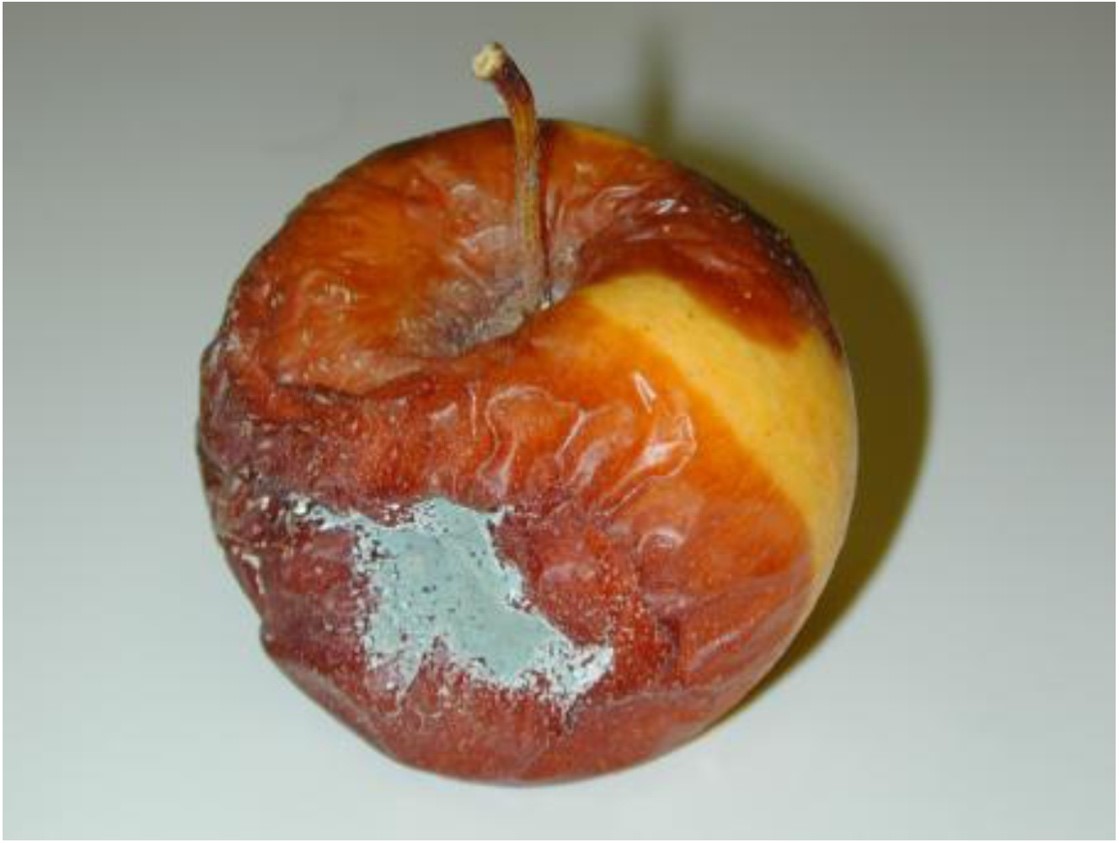Free Courses Sale ends Soon, Get It Now


Free Courses Sale ends Soon, Get It Now



Disclaimer: Copyright infringement not intended.
Context
Details
Key Findings
Significance and Future Applications
About
Sources of Patulin
Health Risks
Regulatory Limits
Conclusion
The research conducted by the team at Tokyo University of Science sheds light on the potential of a filamentous fungal strain, TUS-MM1, to efficiently degrade patulin into less harmful compounds. This discovery holds promise for improving food safety and reducing the risk of patulin toxicity in various food products.
Patulin is a mycotoxin that can be found in various fruits and their processed products, with apples being a primary source. While it can pose health risks, regulatory agencies have set limits to minimize exposure. By practicing proper food handling, storage, and choosing reliable products, you can reduce the potential health risks associated with patulin consumption. Always follow your local food safety guidelines and regulations to ensure safe food consumption.
|
PRACTICE QUESTION Q. Which of the following statements about patulin is correct? 1. Patulin is a synthetic chemical used as a food preservative. 2. It is primarily produced by bacteria during the fermentation of fruits. 3. Patulin is a naturally occurring mycotoxin found in some fruits and their processed products. 4. It is commonly used as a flavor enhancer in the food industry. Options: A) Only statement 1 is correct. B) Only statement 2 is correct. C) Only statement 3 is correct. D) None of the statements are correct. Correct Answer: C) |
© 2024 iasgyan. All right reserved